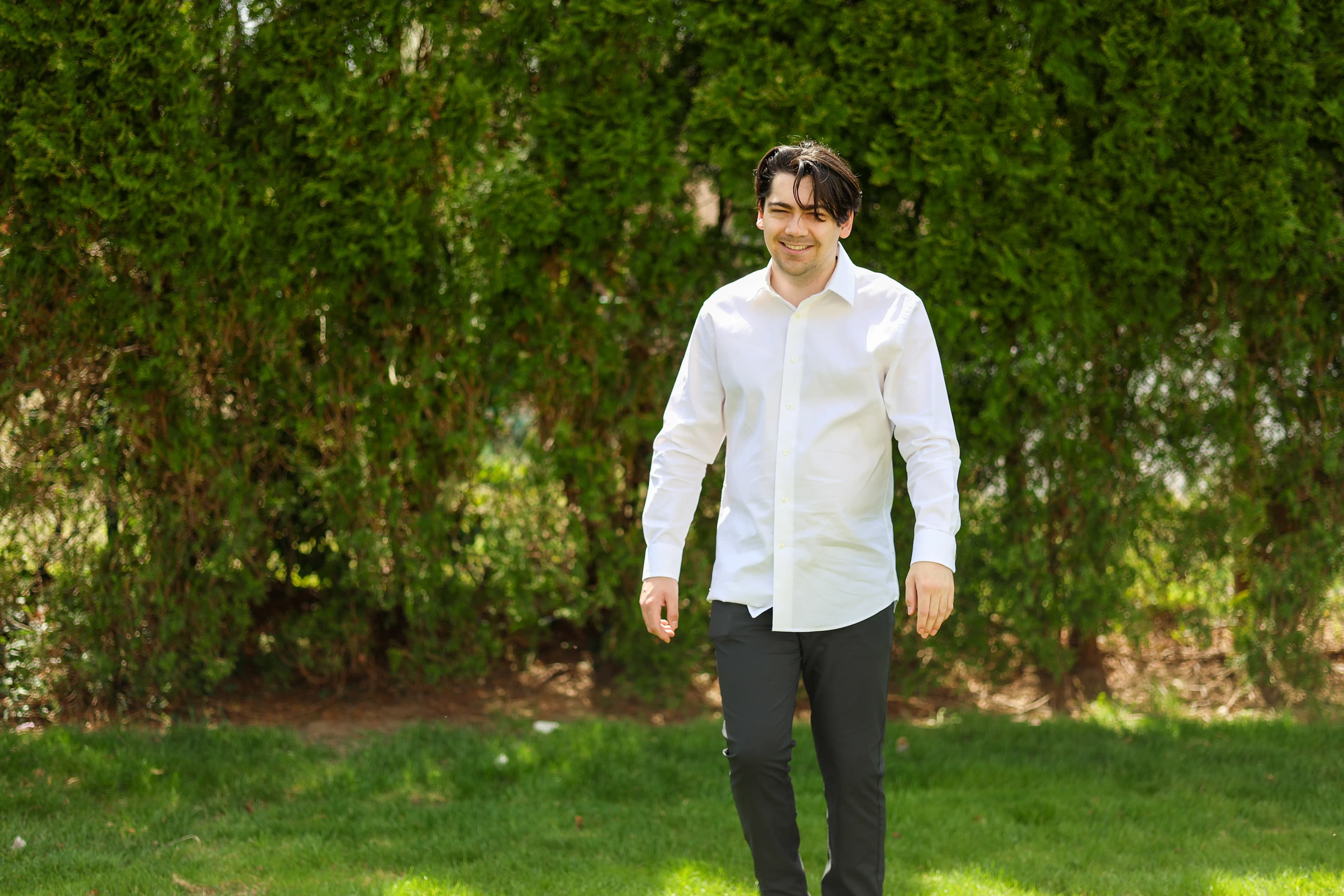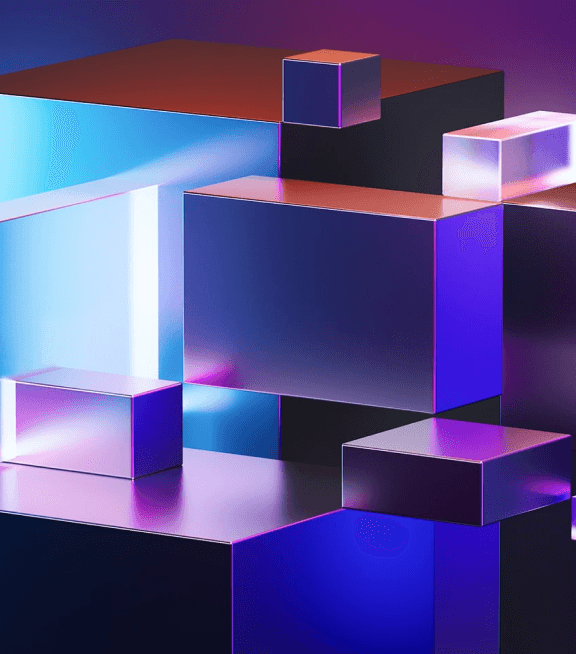Hi, I'm Zach Morgan

Where it All Started
From a young age, I was always building — Legos, blocks, kits — anything I could get my hands on. But I wasn’t just interested in construction. I was fascinated by how everyday things worked: cars, televisions, even food packaging or websites. The combination of form and function deeply resonated with me.
My journey into engineering began with a simple love for building and a deep curiosity about how things work. What started as childhood exploration turned into a passion for designing systems that blend form and function. As I got older, I looked for ways to channel that curiosity into hands-on learning and team-based engineering.
- In high school, I joined my robotics team, focusing on mechanical systems and realizing I wanted to become an engineer
- I chose Mechanical Engineering at NYU Tandon, while continuing to explore programming on the side.
- College courses reignited my love of code and expanded my technical range into web and software development.
These experiences laid the foundation for how I think and work today — with a passion for designing practical, meaningful systems and a growing appreciation for how mechanical and digital disciplines intersect. They also shaped my values around teamwork, learning by doing, and never losing sight of the “why” behind the work.
Engineering From All Angles
Throughout college, my focus remained on mechanical systems, CAD modeling, and engineering design. But my interest in programming stayed close — and eventually, I found ways to bring the two together.
A project management internship at a software development company showed me a broader view: how teams coordinate across engineering, design, and development to bring ideas to life. It was a powerful experience — seeing not just the components, but the entire system in motion.
I studied Mechanical Engineering at NYU Tandon, where I focused on robotics, CAD design, and hands-on technical problem-solving. Along the way, I re-engaged with programming through coursework and side projects, eventually gaining a broader, cross-disciplinary perspective during a software-focused internship.

What I Value in a Team
I believe great engineering isn’t just about what you build — it’s about how you work with others to build it. Clear communication, mutual respect, and team alignment are the foundation of how I collaborate.
I thrive in environments where communication is open, questions are encouraged, and teammates support each other’s growth. I value respectful dialogue, clear expectations, and shared ownership of the work we do together.
Peers often describe me as adaptable, thoughtful, and dependable. I approach challenges with curiosity and a collaborative mindset, always looking to align the solution with the needs of the team and end user.
I find joy in being the person others turn to for feedback, direction, or a second pair of eyes. Whether I’m helping someone debug a tricky piece of code or refining design decisions, I believe strong teams are built through trust and mutual support.
My Approach to Problem Solving
I’ve always looked for structured ways to break down problems. Over time, I developed a personal framework I call DEDUCE, which helps me visualize challenges, analyze them critically, and test ideas in meaningful ways. It reflects how I work best: with clarity, creativity, and thoughtful iteration.
Define
I begin every challenge by understanding the full picture — the who, what, when, where, why, and how. This helps me visualize the problem clearly and break it into its core components. Whether it's a system failure or a design ambiguity, defining the problem in this structured, visual-first way sets the foundation for every next step.
Establish
Once the problem is defined, I research how it’s been addressed before — what worked, what didn’t, and where the gaps are. I look at past attempts, competing approaches, and surrounding context to establish what’s already known and how that aligns with the specific problem I’m trying to solve.
Decide
I identify the essential criteria any solution must meet — technically, functionally, and creatively. This helps narrow down which ideas are viable and ensures I’m focusing my energy on the solutions that are practical, efficient, and aligned with the goal. It’s about balancing constraints with innovation.
Utilize
I never work in a vacuum. I gather insight from peers, users, mentors, and collaborators — especially those impacted by the problem. These conversations help sharpen my direction, highlight blind spots, and guide decisions based on real needs and perspectives.
Cycle
Iteration is where my ideas evolve. I prototype quickly, test intentionally, and adjust based on feedback and data. Each cycle of refinement brings me closer to a solution that’s not just functional, but thoughtful and robust. I believe the best outcomes come from this constant evolution.
Exhale
After intense problem-solving, I take a step back — not to disconnect, but to reset and gain perspective. Letting ideas breathe gives me the clarity to return with fresh insight, spot new angles, and improve the solution further. Exhale isn’t an end — it’s a moment of reflection.